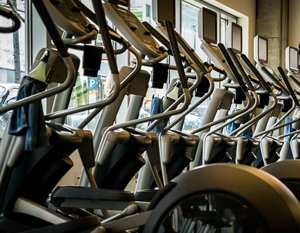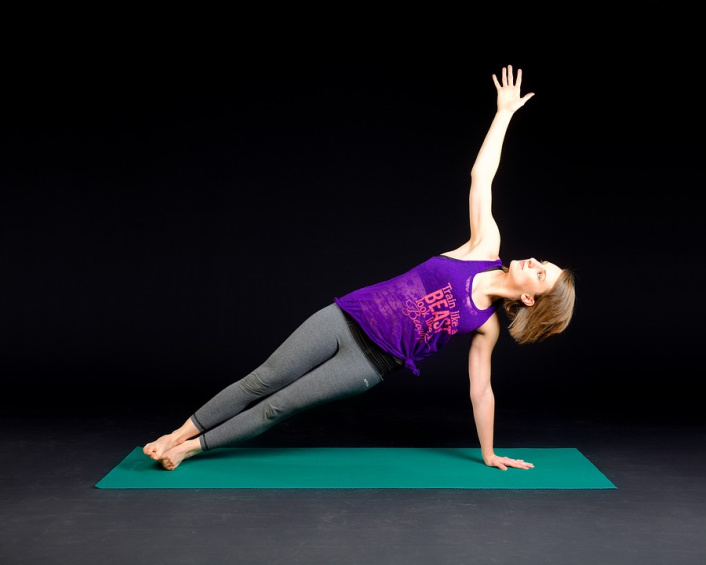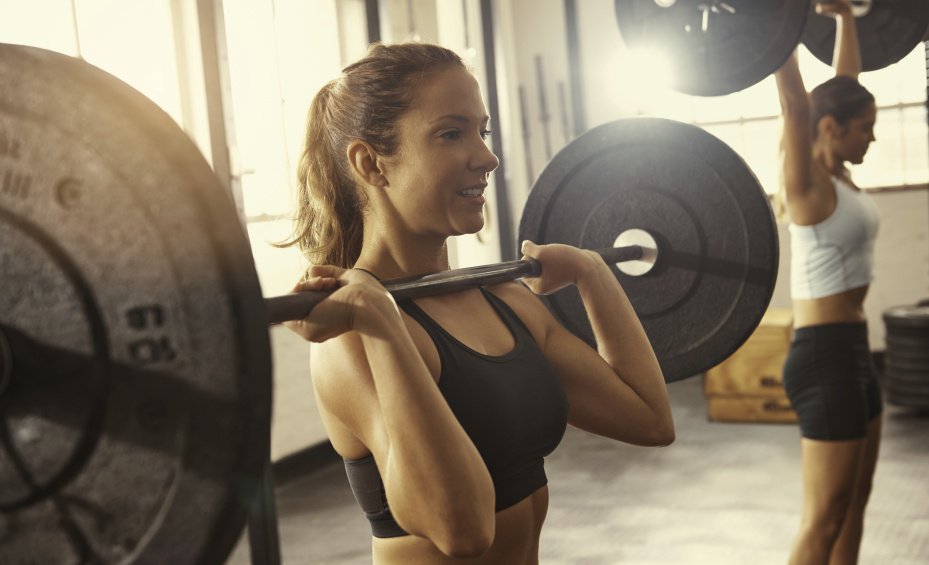Summer is around the corner (hopefully). A time to get outdoors, and push the limits of what your body and mind can do. As athletes, and we are all athletes, it’s important to make time for recovery. If you don’t, you are begging for injury.
Begin to plan your recovery, as you would your work out. Here are five suggestions ~ some familiar, and others not so much – to aid in supporting you and your body.
1) Fuel: ” What the heck do I eat after I have a tough training session or event ?” is the million dollar recovery question on everybody’s mind. Unfortunately there is lots of information (both good and bad) that leaves many of us confused . However, most of the information out there has a few things in common. First, is that you should ingest something within 30 minutes following exercise and then again about 60-90 minutes later. Secondly what you ingest should have a good mix of carbohydrates and proteins. Finally, your ingestion immediately post workout should be in the liquid form to ensure proper digestion and absorption in the body as well help in rehydration (see #2) while the second post workout meal will come in the form of a hardy meal.
A great “meal” that fits the above profile is about 8-16 oz. of chocolate milk immediately post exercise and followed by a hardy meal of grilled salmon, vegetables and sweet potatoes for your meal about 60-90 minutes later!
2) Hydrate. If you’re not hydrated, your body can’t perform at it’s highest level. Therefore, drinking water is important before, during and after exercise. An easy way to ensure that you’re properly hydrated is to check your urine. If your urine is colorless or light yellow, you are most likely well hydrated. For most people, water is all that is needed to stay hydrated. However, if you will be exercising at a high intensity for longer than an hour, a sports drink may be helpful – be sure to check the label for one low in sugar, and with electrolytes.
3) Restorative Yoga. As a driven culture, most people go to yoga to work out. Expand your practice from the hot and sweaty, to the slow and steady. Try some yin or restorative yoga. These practices involve holding poses for a longer period of time, allowing you to receive the benefits of deep passive stretching. Restorative yoga not only quiets the mind, but also allows you to seek out and release tension. (try Natalie’s Restorative class on Friday at 5:30pm)
4) Foam Rolling. Regularly using a Foam Roller results in many benefits including reduced inflammation, improved circulation and improved flexibility. Regularly foam rolling pre- and post- workout will not only help prepare your muscles for the workout ahead, it can also help with post muscle recovery. Rolling out your feet is a good every day practice for those that walk. (read: EVERYONE). Plus, Foam Rolling can relieve the pain of working at a desk. If you sit for extended periods of time, break up your day (and your fascia) with a foam rolling break.
5) FLOAT! After a long run, floating is hands down the best thing that I have ever done for my body, and I’ve done a lot of things. Floating in a pool of Epsom salts creates a buoyant floating bed that fully supports you, effortlessly releasing your body of it’s own weight from head to toe. Free of any physical duties, your body can truly rest, producing lasting physical benefits, including lowering of blood pressure, lowering cortisol levels, relieving joint and chronic pain, improving sleep patterns and calming of the nervous system. Plus, as a member of Flow you get your first float for $25. Check out Life Float today.
Move your body well, and make sure to find some time to rest and recover.






 Luckily, there is a quick and easy way to prevent your body from creeping into these postural aliments and all you need is a stick.
Luckily, there is a quick and easy way to prevent your body from creeping into these postural aliments and all you need is a stick.




